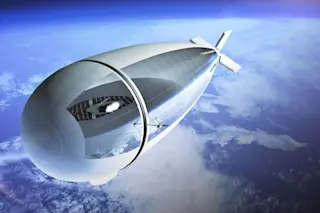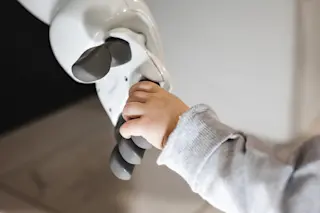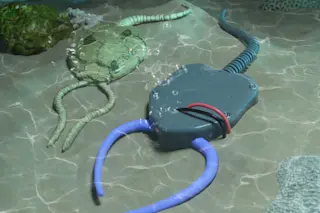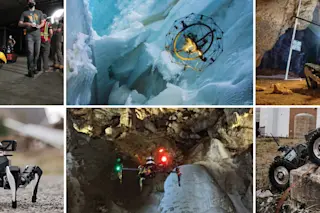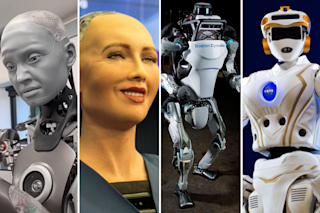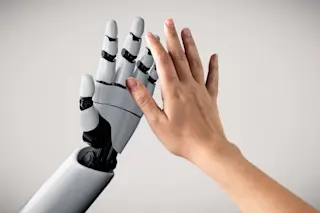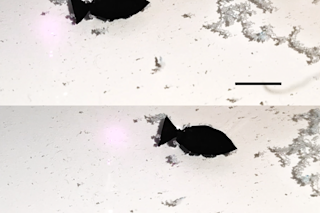Back in the late 1980s, a Canadian engineer called Tad McGeer built a remarkable pair of mechanical legs that were unpowered, had no actuators, no sensors and no computer control. But set them in motion down a slight incline and they started to walk with the lazy rolling gait of a gunslinging cowboy.
By contrast, robotic legs are packed with sensors to monitor the position of each joint, computer processors to plan the trajectory of every movement and actuators to push the limbs into position. All this, of course, is power-hungry work.
McGeer’s breakthrough raised the prospect of an entirely new approach to robotics in which much of the intelligence required to control the machine is built into the design. He called this new approach passive dynamics and the hope was that it would make robots almost as capable and energy efficient as humans.
But things haven’t quite worked out ...



